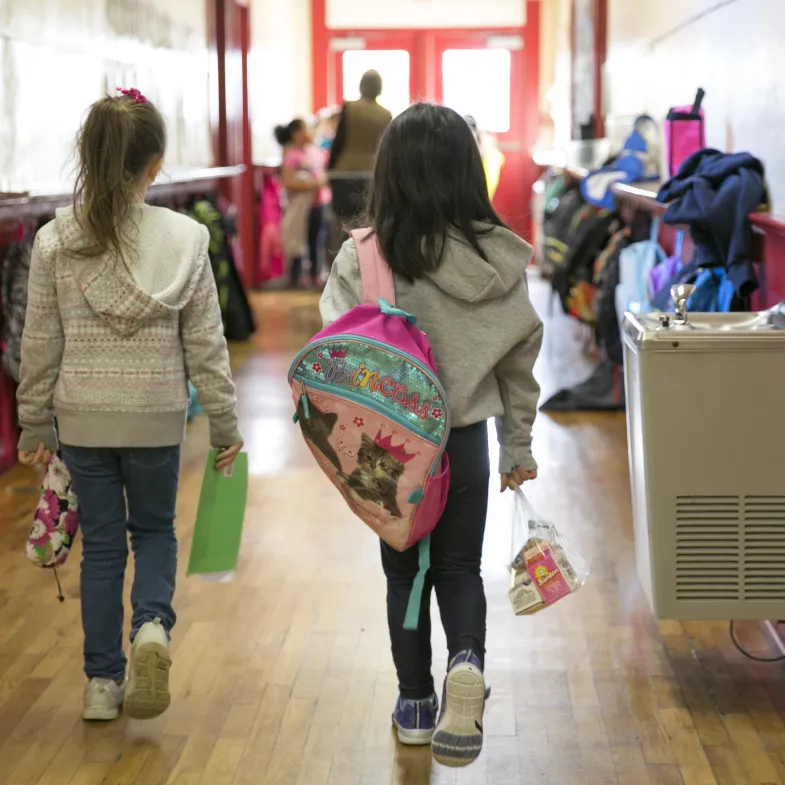"My students are dealing with things at home," said Barbara Gammon, a third-grade teacher from Virginia. "That afterschool meal that they get here at school might be the only meal they have at night."
Ten years ago, the Healthy, Hunger-Free Kids Act was signed into law. That made it possible for schools and community groups across the country to serve children a meal at the end of the school day, in addition to breakfast and lunch. We've heard from countless educators how important after school meals have been to their students and how the program helped them stay calm and focused in class, knowing that they'd get a healthy meal before going home.
Since the law went into effect, the number of suppers served each year at schools has grown by more than 600%.
"The afterschool meals program is an integral part of what we do every day," said Marilyn Mathews, an assistant principal from Maryland. "If someone from another school asked me if this program was worth it? In a heartbeat, I wouldn’t have to think about it. I wouldn’t have to hesitate. It is absolutely essential."
Childhood hunger has risen to crisis levels since the pandemic began. As many as 1 in 4 kids could face hunger because of the coronavirus. With millions of parents out of work, educators and community leaders are going to need every tool they can get to help students stay healthy and fed - now and in the long recovery ahead.
In a new report from No Kid Hungry, released on the ten-year anniversary of the afterschool meals law, we take a look at the success of the program and call for critical improvements. Despite its success, the program still meets only a fraction of the need. For every meal served after school, there are 17 free or reduced-price school lunches served - that tells us a lot of kids who need these meals aren’t getting them.
Here's how we can feed more kids after school:
- Integrate the afterschool and summer meals programs to make paperwork and implementation easier for schools and community groups.
- Fund improvements to state application and data reporting systems so we can get a clearer sense of how to improve the program and reach more children.
- Fund afterschool programming; kids are more likely to stay after school and get the healthy food they need when there are activities, sports and tutoring available.
- Lower the threshold for allowing schools and other community programs to qualify for free afterschool meals, which would especially help rural communities and other places where there may be pockets of poverty.

Those improvements are all needed at the federal level; there are more things we can do at the state and local levels, like addressing health and safety standards, making it easier for schools and community groups to launch afterschool meals programs, along side school meals; and do more to promote awareness of the program among parents, students and schools.
School and community leaders have relied on the afterschool meals program to help them feed kids for ten years. With these changes, we can reach even more children.



